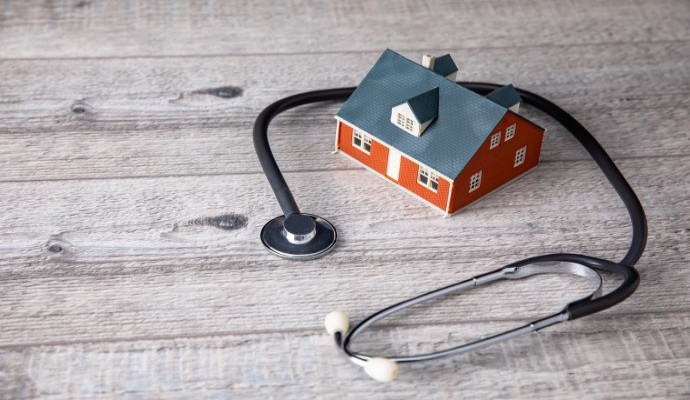Most Clinicians Want Investment in Virtual, At-Home Care to Grow
Clinicians believe care-at-home efforts, including telehealth, RPM, and hospital-at-home, increase healthcare access and patient satisfaction, per a new survey.

Source: Getty Images
- A majority of clinicians (81 percent) would like to see their organization’s investment in care-at-home initiatives increase over the next year or two, a new survey shows.
Commissioned by Best Buy’s Current Health and conducted independently by Sage Growth Partners in June, the survey polled 116 clinicians. Of the respondents, 64 percent were employed at a health system or academic medical center, 29 percent at a hospital-or health system-affiliated practice, and 4 percent at an independent acute care hospital. Additionally, 29 percent of the respondents were staff physicians, 13 percent were nurse managers, and 13 percent were chief nursing officers.
Most survey respondents said their organizations currently offer some type of care at home, including virtual visits (87 percent), remote patient monitoring (RPM) for chronic disease management (64 percent), at-home post-acute care (57 percent), or hospital-at-home services (46 percent).
Clinicians overwhelmingly favor care-at-home initiatives, with 80 percent saying care-at-home programs can serve patients safely and 81 percent saying they would like to see their organization’s investment in these initiatives increase over the next 12 to 24 months.
Additionally, 67 percent believe eligible patients are likely to participate in care-at-home programs, and 89 percent would recommend them to friends and family.
Most respondents whose organizations already have care-at-home programs endorse hospital-at-home care (85 percent), post-acute care at home (90 percent), and remote chronic disease management (94 percent).
About 70 percent of survey respondents cited access to care as a benefit of care-at-home services, while 58 percent said patient satisfaction, 44 percent said patient engagement and 41 percent said reduced healthcare costs were some of the key benefits.
Not only that, but care-at-home initiatives could help curb healthcare worker burnout, with 67 percent of respondents saying these programs could alleviate nursing shortages and 59 percent saying they could mitigate physician shortages. Also, 55 percent of respondents stated offering care-at-home programs could help increase satisfaction in their current role.
These findings are especially relevant as 55 percent of respondents said they have considered leaving their current role in the last six months.
When asked whether they would apply to a new care-at-home program within their organization, 70 percent of respondents said they are highly or somewhat likely to do so.
However, there are numerous challenges to implementing care-at-home programs. Respondents cited technology support in the home (77 percent), logistics support for technology, including delivery, pickup, and reprocessing of devices (73 percent), and getting patients to adopt and engage in the programs (67 percent) as the top three challenges.
Other challenges include managing regulatory/liability challenges, cited by 63 percent of respondents, access to real-or near-time data from the EMR (62 percent), and reviewing and analyzing clinical data from home monitoring devices (62 percent).
Clinicians also want to be involved in the decision-making related to care-at-home initiatives, according to the survey.
About 39 percent of respondents said they should be able to participate in strategic discussions about planning new programs. Nearly 34 percent said they want to propose new programs and initiatives. But 21 percent said they are not given the opportunity to do so currently.
The survey results reflect the popularity of care-at-home programs, which are increasingly being deployed by provider organizations nationwide.
For instance, Mass General Brigham announced last month that it is expanding its hospital-at-home program to three community hospital sites in Massachusetts. The program provides daily in-home or virtual visits and a wide array of services, including intravenous fluids and medication services, laboratory testing, electrocardiograms, and ultrasounds. It also leverages a continuous RPM platform that transmits patient vital sign readings to clinicians and enables two-way text and video communication.
The program will launch at Brigham and Women's Faulkner Hospital, Newton-Wellesley Hospital, and Salem Hospital in mid-September.
